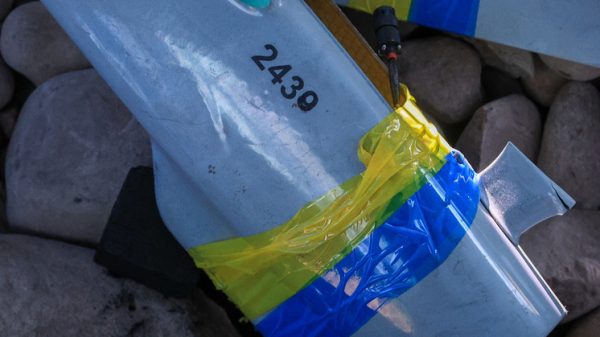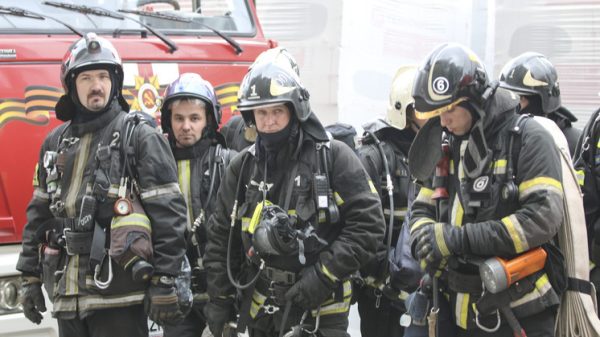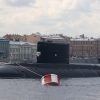The coldest temperature ever recorded in the northern hemisphere just got colder, thanks to the work of climate detectives at the World Meteorological Organization.
Searching through the WMO archives of heat records from weather stations at the top of the world, researchers found the coldest temperature reading came from an automatic weather station in Greenland in midwinter almost 30 years ago, nearly 2C (3.6F) colder than the previous known records.
The Klinck station in Greenland, close to the summit of the ice sheet, recorded -69.6C on 22 December 1991, a substantially lower reading than the -67.8C recorded in Verkhoyansk in Russia in February 1892, and in Russia’s Oimekon site in January 1933.
All three are exceptional for the northern hemisphere, but beaten to the coldest ever recorded on the planet by the decidedly chilly -89.2C struck on 21 July 1983, midway through the southern hemisphere winter, at the high-altitude Vostok weather station in Antarctica.
Extremes of weather in the polar regions are of particular interest to climate scientists as they create models of past and future climate. This week, sea ice in the Arctic was found to have shrunk to its second lowest level in 40 years.
Temperatures in the Arctic have soared this summer, with a heatwave in Siberia and unusual warmth across the region. The Verkhoyansk weather station, whose record low was tumbled by the discovery from the archives, showed a temperature of 38C on 20 June this year, which the WMO is now considering as a candidate for the record highest temperature seen north of the Arctic Circle.
Petteri Taalas, the secretary general of the WMO, said: “In the era of climate change, much attention focuses on new heat records. This newly recognised cold record is an important reminder about the stark contrasts that exist on this planet.”
Searching through the archives allows scientists to check temperature patterns, and provides valuable data for climate models. The Klinck station operated for two years in the early 1990s, before its automated instruments were sent for use in the Antarctic.
The record came to light only after a WMO group tracked down the original scientists. The data had to go through rigorous checking before the new record was accepted.
Their assessment is published in the Quarterly Journal of the Royal Meteorological Society.






















































Свежие комментарии